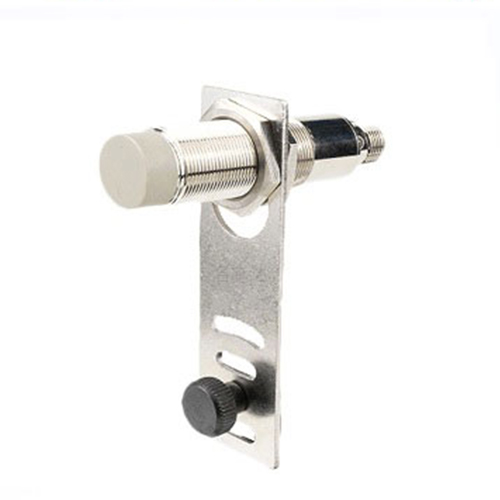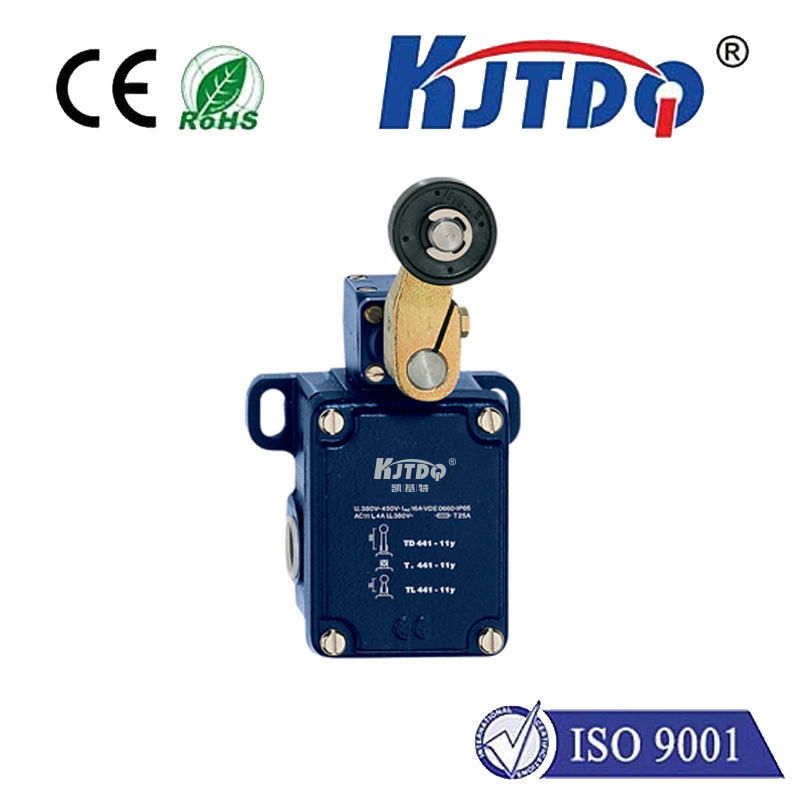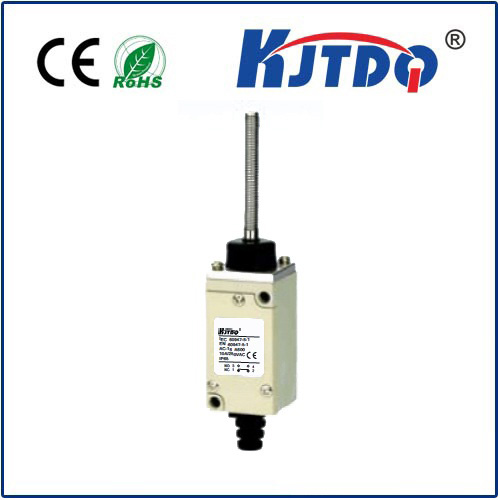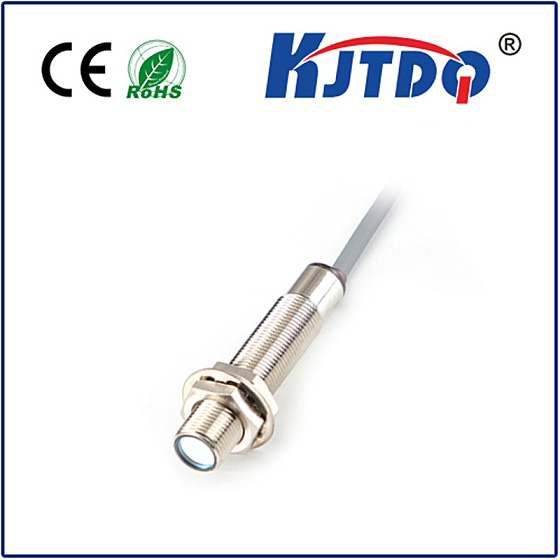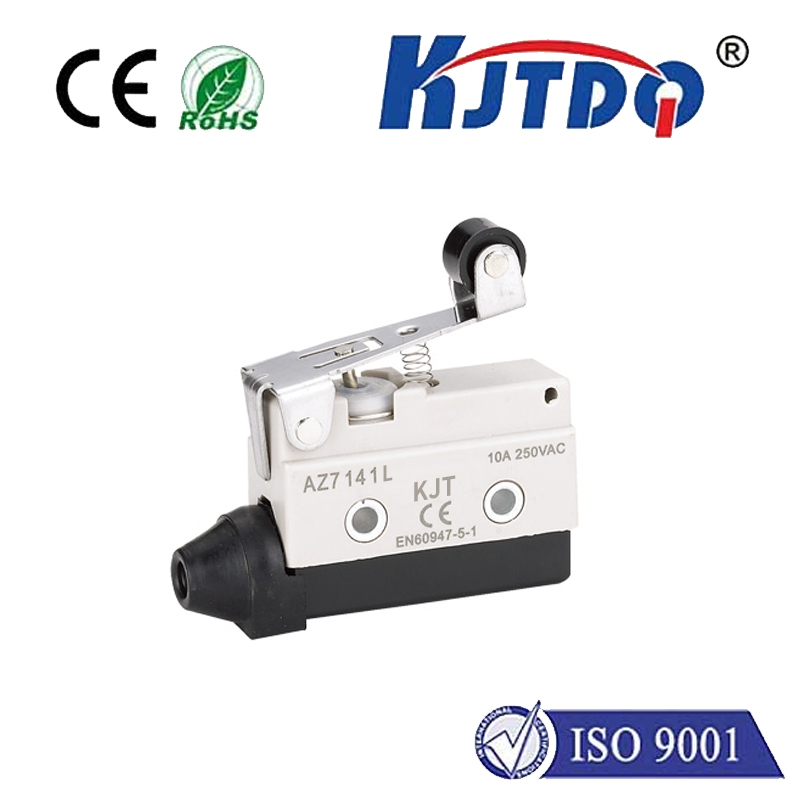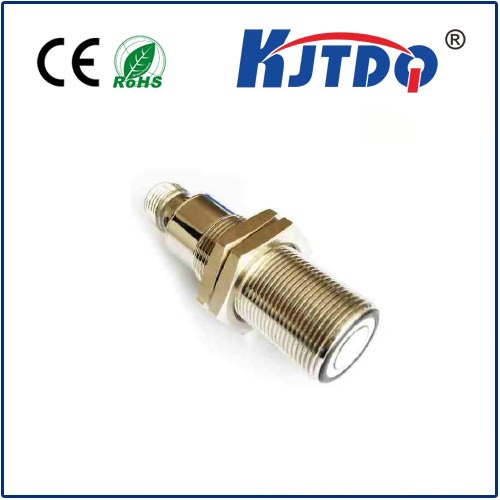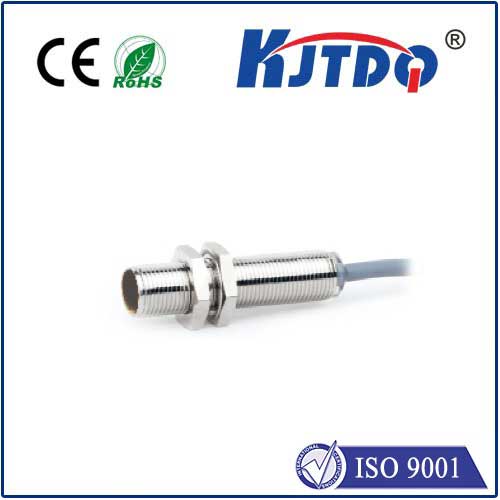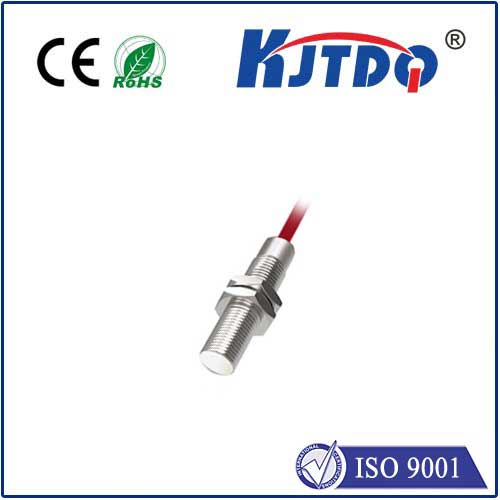Малый лазерный датчик расстояния
- time:2025-08-28 04:24:37
- Нажмите:0
The Mighty Mini: How Small Laser Distance Sensors Are Revolutionizing Measurement
Forget bulky tape measures clattering to the floor or the precarious balancing act involved with traditional rulers. In a world demanding pinpoint accuracy and remarkable convenience, the Малый лазерный датчик расстояния emerges as the quiet powerhouse transforming how we measure distances. These compact yet sophisticated devices pack advanced laser technology into incredibly tiny packages, making high-precision measurements accessible in ways previously unimaginable. Whether squeezed into tight machinery, mounted on agile robots, or simply slipped into a tool belt, these mini marvels deliver exceptional accuracy with remarkable ease.
Demystifying the Tech: Light Speed, Tiny Package
At the heart of these diminutive devices lies the principle of laser time-of-flight (ToF) or phase-shift measurement. Simply put:
- Laser Emission: The sensor emits a highly focused, coherent pulse of laser light (typically in the safe, visible red or invisible infrared spectrum) towards the target.
- Travel & Reflection: This laser pulse travels at the speed of light, hits the target, and reflects back towards the sensor.
- Precise Timing: The sensor’s sensitive photodetector captures the returning light signal.
- Calculation: Sophisticated internal electronics precisely calculate the time taken for the light pulse to travel to the target and back, or measure the phase shift of a modulated laser beam. Using the constant speed of light (c ≈ 300,000 km/s), the device computes the distance with impressive accuracy, often down to millimeters or even fractions of a millimeter.
The magic is in the miniaturization – packing complex optics, a laser diode, a photodetector, and powerful processing capabilities into a housing sometimes no larger than a matchbox. This compact design is a feat of modern engineering.

Where Small Size Makes a Huge Difference: Key Applications
The Малый лазерный датчик расстояния isn’t just about convenience; its size unlocks entirely new possibilities:
- Industrial Automation & Robotics: Imagine robotic arms needing real-time feedback on part positioning, conveyor belt object detection, or intricate assembly tasks requiring micron-level precision. Small laser sensors integrate seamlessly onto robot end-effectors or within compact machinery, providing the high accuracy and fast response times essential for automation. They are vital for tasks like presence detection, height verification, web tension control, and fill level monitoring in constrained spaces.
- Precision Manufacturing & Quality Control: On production lines, these sensors offer non-contact measurement critical for verifying dimensions, checking part alignment, controlling thickness, or ensuring tolerances are met on delicate components where contact could cause damage. Their compact size allows integration into jigs, fixtures, and tight inspection points.
- Consumer Electronics & Smart Devices: The drive for smarter, more interactive gadgets leverages small laser sensors. Think autofocus systems in smartphones using laser-assisted focus for faster, more accurate results, especially in low light. Gesture recognition interfaces, tabletops for interactive projection, and even robotic vacuum cleaners mapping room layouts often rely on these tiny distance-measuring components. The non-contact measurement capability is crucial here.
- Building & Construction (Where Compact Matters): While larger laser distance meters (LDM) are common on sites, small sensors find critical roles within systems. They enable precise position feedback in automated guided vehicles (AGVs) navigating construction zones, monitor structural deflection in hidden locations, or control the positioning of building components in automated prefab facilities. Their robust designs often handle demanding environments.
- DIY & Hobbyist Projects: The accessibility of affordable small laser sensor modules has sparked innovation among makers and hobbyists. From creating custom smart measuring tools and leveling devices to building robots that navigate autonomously or designing interactive art installations, these sensors bring complex measurement capabilities to the desktop workshop. Their general ease of operation (often simple digital interfaces like I2C or UART) is a major advantage.
Core Advantages: Why Small is Mighty
Beyond their obvious size benefit, small laser distance sensors offer compelling advantages:
- High Accuracy & Resolution: Despite their size, modern sensors achieve remarkable precision, often ±1-3mm or better, over ranges suitable for their applications (typically centimeters up to tens of meters, depending on the model).
- Non-Contact Measurement: The laser beam measures without touching the target. This is essential for measuring delicate, hot, moving, vibrating, or otherwise inaccessible surfaces, preventing damage or contamination. This operational simplicity enhances workflow.
- Fast Response Time: Measurements are captured and processed rapidly, enabling real-time control and feedback in dynamic systems like automation lines or robotics. Their rapid measurement capability supports high-speed processes.
- Compact & Lightweight: This is their defining characteristic, enabling integration into space-constrained applications and portable devices where larger tools simply wouldn’t fit. This compact design revolutionizes possibilities.
- Многогранность: Available in various ranges, beam divergences, output types (analog voltage, digital PWM, serial data), and mounting options, they can be tailored to numerous specific needs across diverse industries. This versatile nature makes them universally applicable.
Choosing the Right Mini Laser Sensor: Focus Points
Selecting the optimal sensor requires careful consideration:
- Required Measuring Range: From millimeters to 30+ meters, choose based on your maximum needed distance. Consider minimum range too.
- Accuracy & Resolution Needs: How precise do the measurements need to be? Specify acceptable error margins.
- Target Surface Properties: Dark, matte, or transparent surfaces can absorb or scatter more light than bright, reflective ones, potentially affecting maximum range or reliability. Some sensors offer specific compensation modes.
- Beam Spot Size & Divergence: A tightly focused beam is crucial for measuring small features or avoiding background interference. Understand how the beam size changes over distance.
- Output Interface: Analog, digital (PWM), or serial communication (RS232, I2C, UART)? Ensure compatibility with your controller or data acquisition system.
- Environmental Conditions: Consider operating temperature range, humidity, dust, vibration, and ambient light levels. Look for appropriate IP ratings for ingress protection.
- Power Requirements: Voltage and current consumption must align with your available power source. Battery life is often a critical factor in portable applications.
- Size & Mounting: Verify the physical dimensions and mounting options (bracket holes, threads) suit your integration needs. The compact form factor must fit the space constraints.
Manufacturers like Leica Geosystems (part of Hexagon), Bosch, SICK, KEYENCE, Banner Engineering, and Omron offer extensive ranges, from rugged industrial sensors to affordable hobbyist modules.
The Future is Precise (and Tiny)
The evolution of small laser distance sensors continues unabated, driven by advancements in laser diode technology, optics, and miniaturized electronics. We can expect even smaller footprints, enhanced accuracy over longer distances, improved performance on challenging surfaces, lower power consumption, and greater integration with wireless communication and AI capabilities. Their compact design, exceptional accuracy, and non-contact measurement ensure they will remain indispensable tools, quietly enabling innovation and precision across countless fields, proving that sometimes, the most powerful solutions come in the smallest packages.

